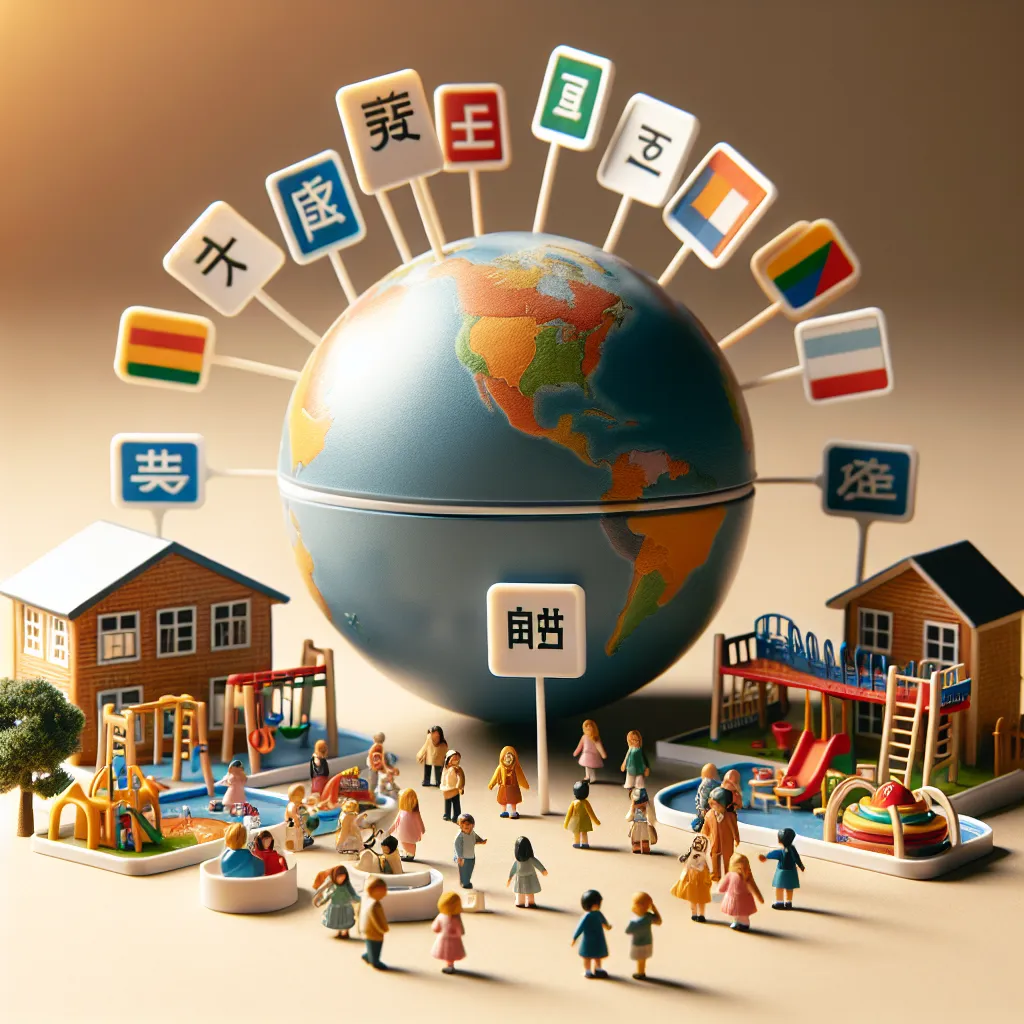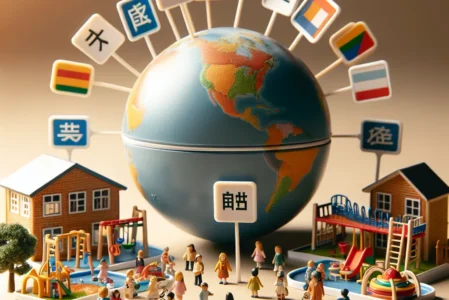The Benefits of International Bilingual Education in Early Childhood
International Bilingual Kindergartens and Nurseries provide a unique and enriching environment for young children to thrive. Research has shown that early exposure to multiple languages can lead to cognitive benefits such as improved problem-solving skills, enhanced creativity, and greater cultural awareness. At International Bilingual Kindergartens and Nurseries, we prioritize creating a nurturing and stimulating setting where children can effortlessly learn and grow in both English and Polish.
Key Considerations When Choosing an International Bilingual Kindergarten or Nursery
When it comes to choosing an international bilingual kindergarten or nursery for your child, there are several key considerations to keep in mind. Firstly, it’s essential to research the language program offered by the institution. Look for a curriculum that provides a balanced exposure to both languages, ensuring that children develop proficiency in both their native language and the second language.
Another important aspect to consider is the qualifications and experience of the teaching staff. A strong language immersion program requires educators who are not only fluent in both languages but also skilled in teaching young children in a bilingual environment. Parents should inquire about the teacher’s qualifications, experience, and the ratio of native speakers in each language.
Additionally, the cultural diversity within the school should be examined. A truly international bilingual kindergarten or nursery should embrace a diverse student body and staff, providing opportunities for children to learn about different cultures and traditions from an early age.
Furthermore, the school’s resources and facilities play a crucial role in creating an immersive bilingual environment. Look for institutions that offer a wide range of educational materials, books, and activities in both languages, as well as opportunities for cultural events and celebrations.
Lastly, parental involvement and support in maintaining a bilingual environment at home should be encouraged and facilitated by the kindergarten or nursery. Communication between the school and parents about the child’s progress, strategies for bilingualism, and resources for language development is vital for the success of the program.
By taking these considerations into account, parents can make informed decisions when selecting an international bilingual kindergarten or nursery that best suits their child’s language development and cultural enrichment needs.
Nurturing Multicultural Awareness and Language Development in Bilingual Early Childhood Settings
Exploring the world of international bilingual kindergartens and nurseries provides a rich opportunity to nurture multicultural awareness and language development in the early childhood setting. These environments offer a unique platform for young children to become exposed to different languages and cultures, fostering a broader understanding of the world around them.
At bilingual kindergartens and nurseries, children have the chance to engage in activities that highlight various traditions, celebrations, and customs from different parts of the world. This exposure not only nurtures a sense of multicultural awareness but also lays the foundation for embracing diversity and inclusivity.
Language development thrives in these settings as children naturally acquire new vocabulary and linguistic structures through immersion in different languages. Research has shown that bilingualism from an early age can have cognitive benefits, including enhanced problem-solving skills and greater mental flexibility.
Furthermore, educators and caregivers in international bilingual kindergartens and nurseries play a pivotal role in supporting language development and fostering an appreciation for diversity. By creating an inclusive and supportive environment, they enable children to feel comfortable expressing themselves in different languages and to appreciate the beauty of a multilingual world.
In conclusion, international bilingual kindergartens and nurseries offer a nurturing environment for cultivating multicultural awareness and language development in early childhood. Through exposure to diverse languages and cultures, young learners are not only gaining a valuable skillset but also developing a mindset of openness and acceptance towards the global community.
Supporting Children’s Dual-Language Development: Strategies for Parents and Educators
Supporting children’s dual-language development in international bilingual kindergartens and nurseries is essential for their overall growth and academic success. Parents and educators play a crucial role in implementing strategies that facilitate the seamless acquisition of two languages. One effective approach is promoting consistent language exposure at home and in the educational environment. This can be achieved by encouraging parents to speak their native language with the child while the educational institution focuses on the second language. Consistency in language use helps children become proficient in both languages.
Another valuable strategy involves incorporating cultural activities and resources that celebrate the diversity of languages within the classroom. By exposing children to books, music, and art from different linguistic backgrounds, educators can foster an appreciation for various cultures and languages. This approach not only supports language development but also promotes inclusivity and acceptance among students.
Furthermore, it is important to provide individualized support to children based on their language proficiency levels. Educators can adapt teaching techniques to accommodate children who may need additional help in mastering a second language. This may involve offering extra language practice sessions or implementing visual aids to aid comprehension.
In summary, by implementing these strategies, parents and educators can create a supportive environment that nurtures children’s dual-language development, setting a strong foundation for their future academic and personal growth.

